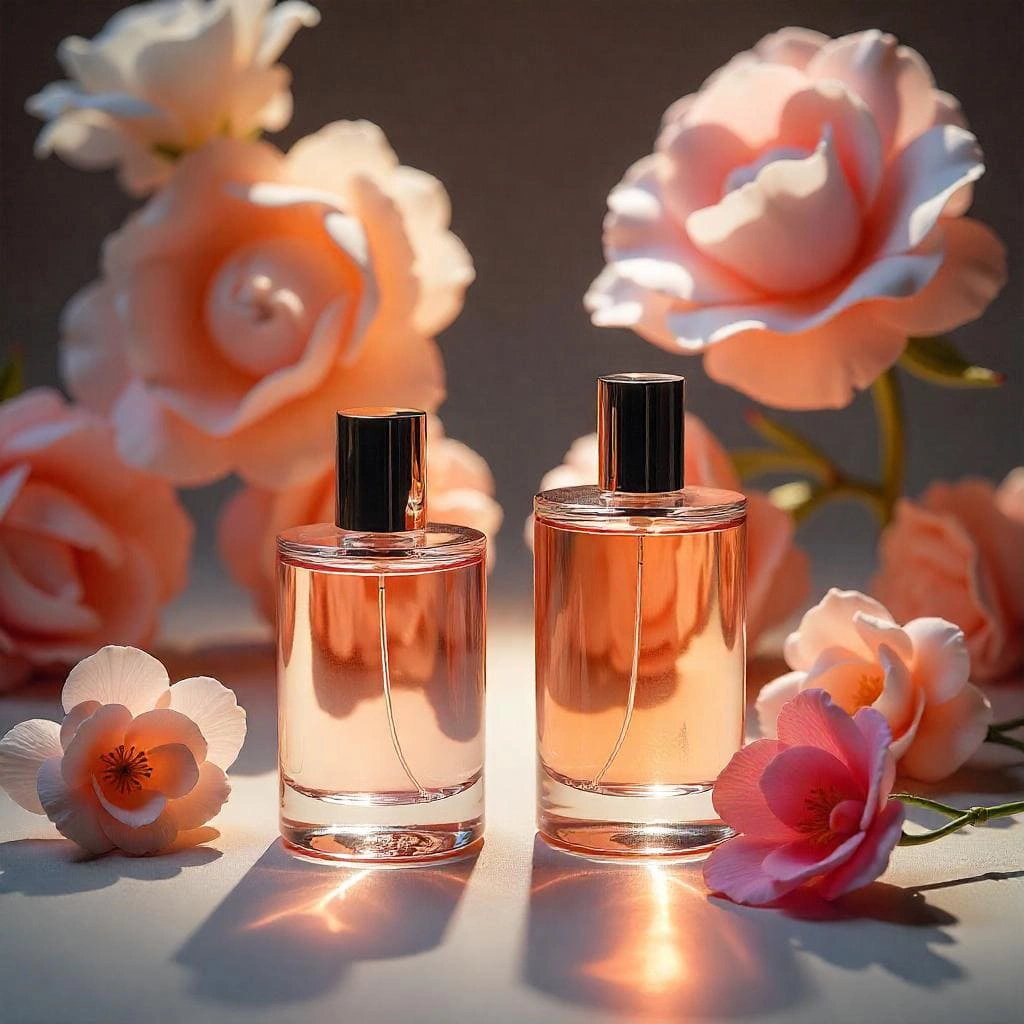
Zeynep Arslan
Olfact gerçekten büyüleyici kokular sunuyor. Ürünleri her zaman üstün kalitede ve müşteri hizmetleri mükemmel. Kesinlikle tavsiye ederim!
Olfact ile koku sanatını keşfedin - her notada bir yolculuk, her şişede en saf haliyle duygu.
Olfact, anıları canlandıran ve yeni duygular ilham veren, sevgi ve özenle tasarlanmış benzersiz kokular yaratmaya adanmış bir şirkettir. Sadece en kaliteli malzemeleri ve son teknolojiyi kullanarak yüksek kaliteli parfümler üretiyor ve satıyoruz.
Uzman ekibimiz, klasik parfüm geleneğini modern trendlerle birleştirerek en seçkin zevklere hitap eden koleksiyonlar yaratıyor. Taze ve hafiften derin ve yoğun kokulara kadar - her ruh hali ve durum için mükemmel koku.

Olfact olarak, kokunun bir duyudan daha fazlası olduğuna inanıyoruz - bir yolculuktur. Özenle hazırlanan parfümlerimiz duygu uyandırmak, anıları canlandırmak ve bireyselliğinizi ifade etmek için tasarlanmıştır. Her şişe, adanmışlığın, ustalığın ve parfüm sanatının derin bir anlayışının sonucudur.
Taze ve çiçeksi kokulardan derin ve miskli notalara kadar koleksiyonlarımız en kaliteli doğal malzemelerden ve küresel trendlerden ilham alıyor. İster bir imza koku ister benzersiz bir hediye arıyor olun, Olfact her damlasında zamansız zarafet ve duyusal keyif sunar.
Koku gücünü keşfedin ve günlük anlarınızı unutulmaz deneyimlere dönüştürün. Olfact'i seçin - kokunun kimliğe dönüştüğü yer.

Her koku, yılların deneyimine sahip yetenekli parfümörler tarafından özenle yaratılmıştır.
Saf ve kalıcı kokular için sadece en kaliteli doğal ve etik kaynaklı malzemeleri kullanıyoruz.
Parfümlerimiz gün boyu ve gece boyunca kokusunu koruyacak şekilde formüle edilmiştir.
Çevre dostu süreçlere ve minimum çevresel etkiye bağlıyız.

Olfact gerçekten büyüleyici kokular sunuyor. Ürünleri her zaman üstün kalitede ve müşteri hizmetleri mükemmel. Kesinlikle tavsiye ederim!

Olfact'in benzersiz kokuları her günü özel kılıyor. Detaylara verdikleri önem ve şık ambalajları çok seviyorum. Kesinlikle tekrar alacağım!

Olfact parfümlerinin zengin, kalıcı aromasına bayılıyorum. Personel dost canlısı ve yardımsever, bu da alışveriş deneyimini harika kılıyor.

Yıllardır sadık bir Olfact müşterisiyim. Kokuları sofistike ve akılda kalıcı. Piyasada gerçekten öne çıkan bir marka.

Olfact, duyularınızı büyüleyen ve kişisel tarzınızı yükselten nefis parfümler yaratmaya adanmıştır. En kaliteli malzemeleri ve yenilikçi teknikleri kullanarak kokularımız zarafeti, tutkuyu ve sofistikasyonu somutlaştırır. Benzersiz kişiliğinizi ifade etmek ve her anı unutulmaz kılmak için mükemmel kokuyu keşfedin.
Her Olfact parfümü, zamanla güzelce gelişen uyumlu notalar sunmak için titizlikle tasarlanmış bir başyapıttır. İster taze narenciye patlamalarını, ister sıcak odunsu tonları veya şehvetli çiçeksi dokunuşları tercih edin, çeşitli koleksiyonumuz her zevke ve duruma hitap edecek bir şey vaat ediyor.
Bir kokunun sadece bir koku olmadığına - kimliğinizin bir uzantısı, bir ruh hali geliştirici ve kalıcı anılar yaratmanın bir yolu olduğuna inanıyoruz. Sürdürülebilirlik ve etik kaynaklı malzemelere olan bağlılığımız, her şişe Olfact parfümünün sadece duyularınızı değil, aynı zamanda gezegeni de memnun etmesini sağlar.




